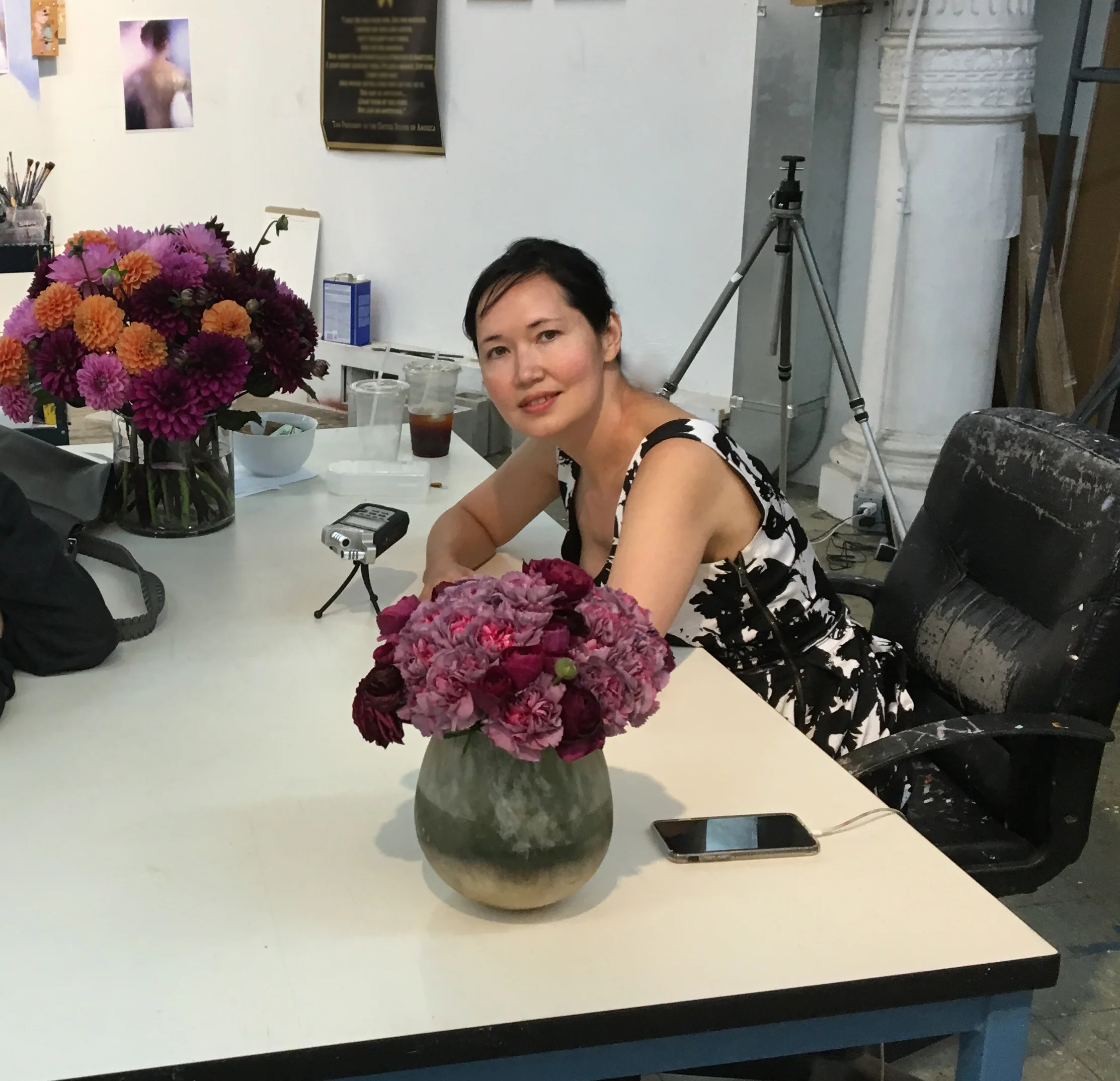ERIC FISCHL
/Artist
The whole thing is to get them to feel like no matter where their background is from, the difficulty they have in their personal lives, the isolation that they feel in relationship to that, that within the art community they are embraced, they are welcomed. All they have to do is just keep getting better at it, but the community is there. I think that something we're all looking for is where we belong.











